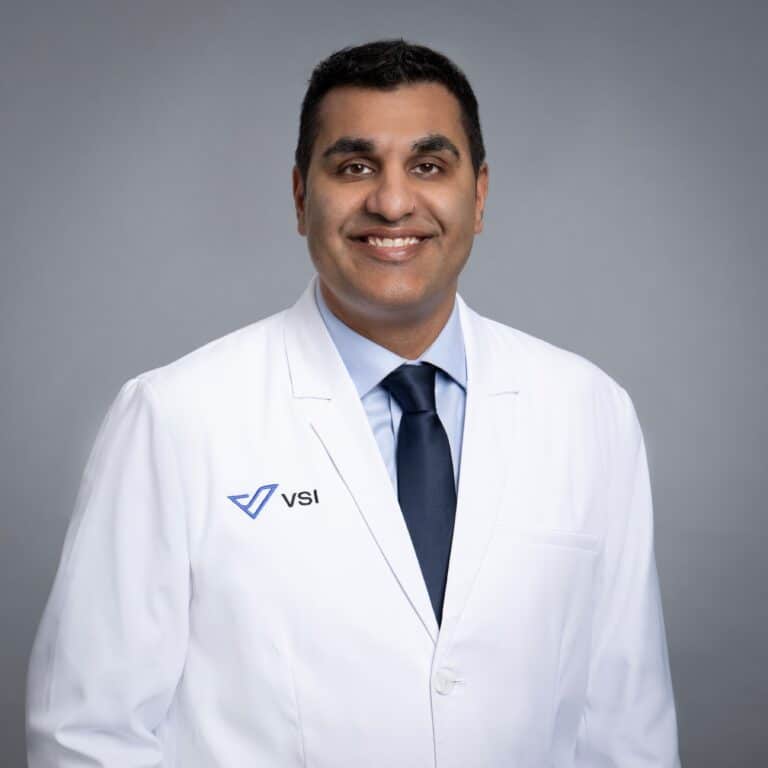
The Benefits of Regenerative Medicine – Resolving Pain From Head to Toe
Lots of people are intrigued by regenerative medicine and have heard promising information about the incredible power it has to promote healing. But there’s also a lot of confusion about what it really encompasses and how it works.
Here’s my breakdown of how and why we use these innovative therapies from head to toe – and most importantly – the benefits that patients see from them.
Headaches & Upper Neck Pain
Cervicogenic headaches result from a neck issue and cause pain right below the junction of the head and neck in the cervical facet joints that allow you to turn your head side-to-side or forward to backward. You may be dealing with this pain as a result of a traumatic injury, or because you’re aggravated by repetitive motions like looking down and texting too much, watching TV in a poor position, or having a desk set up that isn’t ergonomic. Arthritis can exacerbate this problem too.
When more traditional measures like physical therapy and massage therapy don’t help – regenerative medicine can come into play. First, we usually try Platelet-rich plasma (PRP) therapy, which is concentrated platelet-rich plasma protein that comes from your blood after we run it through a centrifuge to remove the red blood cells. Injecting PRP into the cervical facet joints can provide relief of acute and chronic neck pain by promoting the body’s natural healing potential. The reduction of pain combined with healing promotion can allow improvements in motion as well.
Stem cell therapy is another option. We harvest bone marrow from the pelvis and break it down to get stem cells and platelets. When we inject this into the problem area, it not only adds stem cells but also attracts more stem cells in your body at a greater rate – speeding up recovery.
Both procedures change pathology and promote healing. Results can be long-term unless you injure or damage the tissue again and they can be dramatic – staving off surgery or providing a solution when surgery isn’t an option.
Shoulder Pain
This most commonly presents as a rotator cuff tear and when that happens you have 3 options. Physical therapy helps most people get better but when it doesn’t, regenerative medicine is an option if the tear affects 75% or less of the shoulder. If the tear is too extreme, surgery is needed.
Platelet-rich plasma or PRP is the most commonly used regenerative medicine option for this injury. It’s a non-operative solution that utilizes the body’s natural healing process. PRP therapy is a concentration of the patient’s own blood plasma injected into damaged ligaments, tendons, and joints to promote tissue repair and accelerate healing. It is rich in growth and healing factors and on average, an injured patient can get back to a pain-free life in four to six weeks.
This is a great option for shoulder injuries because most people are looking to avoid shoulder surgery given the risks and recovery.
Back Pain
Lower back pain is the #1 reason people come to see me for regenerative treatment options, but this can be used to treat upper and mid-back pain too.
Regenerative medicine can help with facet joint issues, disc-related pain, degeneration, a tear in disc space, or irritated nerves (which can be a result of stenosis, nerve injury, surgery, etc)
Platelet-rich plasma (PRP) therapy and Stem Cell Therapy are both options to treat these conditions. The one we choose generally depends on individual factors with patients and their pain. The wonderful news is that 100% improvement is possible – but I should stress these therapies don’t work well in the most severe cases, which likely still require surgery.
Hip Pain
The most typical cause of this pain is osteoarthritis in the hip joint, but labral tears are common too, especially among athletes.
The type of treatment we opt for in the case of hip arthritis depends on how much narrowing of the joint is at play. Our top options include Platelet-rich plasma (PRP) therapy and Stem cell therapy.
Another option we haven’t yet discussed is microfragmented adipose injections. We take fat from the belly and break it down into a thin paste and place it in a joint to provide cushioning and start the healing cycle. This procedure can be used for any joint – hip, knee, shoulder, or ankle.
Knee Pain
This is the second most common cause of pain that brings people to me for treatment (after lower back pain).
The most typical triggers are arthritis but we also see a lot of meniscus and ACL tears too.
PRP therapy, stem cell therapy, and adipose injections are all options for this joint.
But here’s what you need to know about knee pain because I know it can be concerning when it happens – it is absolutely possible to heal this injury and get back to a place where you can limit and manage the problems.
Regenerative medicine makes that possible. Plenty of people come in with a meniscus tear and have been told they need surgery. Instead, we treat the tear with one of these options and have seen up to 100% relief. Many patients never end up in an OR, which is the goal.
It happens most often when the damage isn’t too severe – which is all the more reason to seek medical advice early in your pain cycle – rather than waiting too long.
Ankle Pain
Treating ankle pain can be a bit trickier than other sources because we need to make sure the ligaments of the ankle are intact. We can use regenerative medicine to treat both the ankle joint and the ligaments around it – depending on the problem, which is generally caused by arthritis or an ankle injury – may be from rolling it.
Treatment options include PRP therapy and stem cell therapy. We have the option of using adipose injections as well when we’re targeting the ankle joint. One thing I haven’t mentioned previously is that sometimes we tap into more than one healing treatment. It’s not unusual that we combine regenerative medicine therapies to accelerate healing.
Although we expect to complete the treatment one time, there are times when we also repeat the procedure to extend the benefit duration to include other nearby structures or patients that request the procedure be repeated to continue avoiding surgery.
Regenerative medicine – when done correctly, and by a physician who is a specialist, truly does have the ability to help you heal from head to toe and get you ‘back’ to a pain-free, healthy life.
Topics covered
About the Author
Featured Resources
Insights to Achieve a Pain-Free Life


